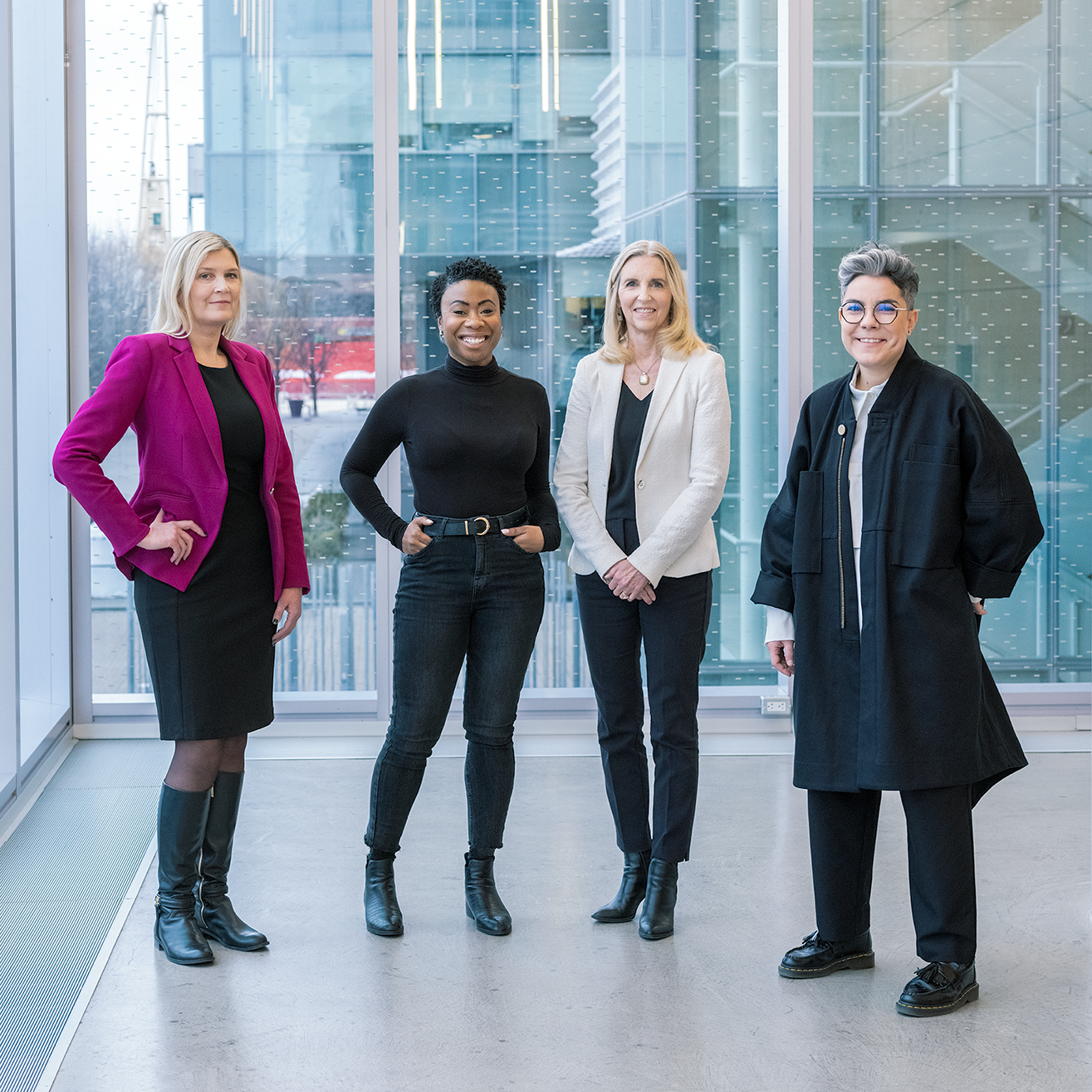
The newest addition to the George Brown College (GBC) waterfront campus is Limberlost Place, a stunning ten-storey, mass-timber building. The honey-toned interior was designed to maximize fresh air and natural light, while the structure itself was built for environmental resilience, with net-zero emissions, passive ventilation, and rooftop solar panels.
Well before its 2025 completion date, Limberlost had already won twenty prestigious design awards and driven changes to Ontario’s building codes (previously, tall wood structures were limited to six levels). It’s a striking example of what can be achieved by challenging the status quo and working to create something better, instead.
The same values of innovation, adaptability, inclusivity, and resilience embodied by GBC’s newest building also form the foundation of the institution’s approach to academic life and leadership. In times of intense economic and geopolitical uncertainty, it’s often tempting to curb progressive policies—there are many ways to justify returning to the way things were.
But, as GBC demonstrates, effective leadership in times of change demands fierce resilience, a steadfast commitment to inclusion, and an unflinching willingness to adapt. Four college leaders—Leslie Quinlan, Michelle McCollum, Ana Rita Morais, and Kizzy Rodney—share how their commitment to equity, inclusion, and adaptation helps remove barriers to post-secondary education and build a better world.
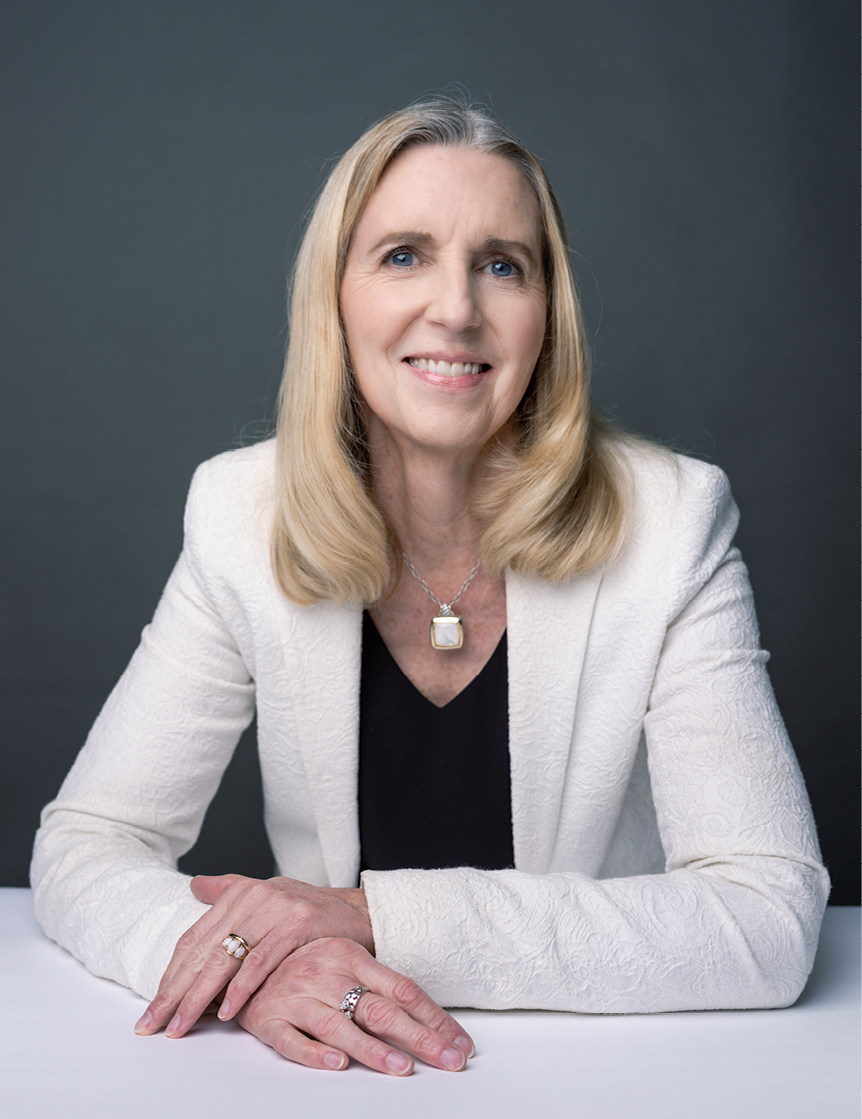
As senior vice president of people enablement and experience, Leslie Quinlan oversees the administrative and operational functions at GBC, including human resources, facilities and sustainability, and information technology, which contribute to the feel and function of the college environment. However, her most important mission is ensuring everyone on campus is seen, included, and supported.
For Quinlan, effective strategic and operational leadership requires an innovative mindset capable of identifying opportunities to elevate the institution and creating systems to meet future challenges.
This includes GBC’s Strategy 2026 (which commits to attract and engage diverse learners and support a foundation of equity); an Office of Anti-Racism, Equity and Human Rights Services; ongoing bias training; and beginning meetings with a land acknowledgement and the college’s Take 5 for Anti-Racism. The college has also established an Indigenous Initiatives program to support Indigenous students and faculty.
Quinlan’s leadership style helps GBC create an inclusive, equitable place for students and attract and retain faculty and staff. “Everybody has something going on in their lives,” Quinlan says. “Leading with empathy and having trust helps, especially in a hybrid work environment where you can’t see what people are doing—I focus more on outcomes versus how work is getting done.”
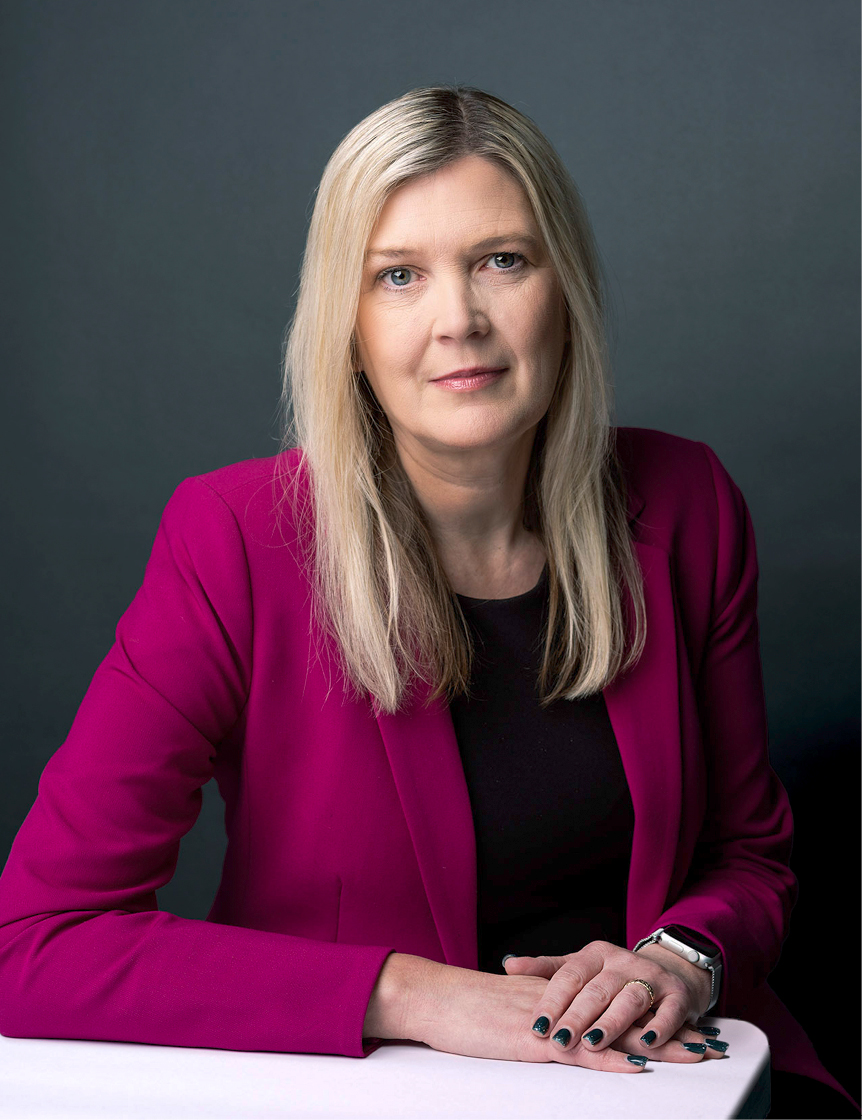
Michelle McCollum spent thirty years in the construction industry and public sector before stepping into her role as vice president of facilities and sustainability at GBC. Reflecting on her early days as one of the only women on many worksites, she shares, “I didn’t feel it was a place that wanted me to be there. I didn’t always feel included.”
Now, McCollum draws on her personal experiences to help shape GBC’s built environment. She aims to foster a sense of inclusion at the college by considering the diverse needs of its students, such as improving accessibility for people with disabilities and creating spaces that support equity-deserving communities.
McCollum believes that inviting a variety of perspectives is key to understanding and addressing challenges related to access, equity, and inclusion. She makes an effort to connect with Indigenous communities, racialized groups, and others by meeting them in their own spaces, like gathering in an Indigenous lodge to listen and learn.
For her, this process isn’t about checking boxes. Instead, it’s about building stronger communities. “When we listen to ideas that come from our amazing students and community members, ensure that we hear from diverse voices, then design around those concepts, it creates a better environment for everyone,” says McCollum.
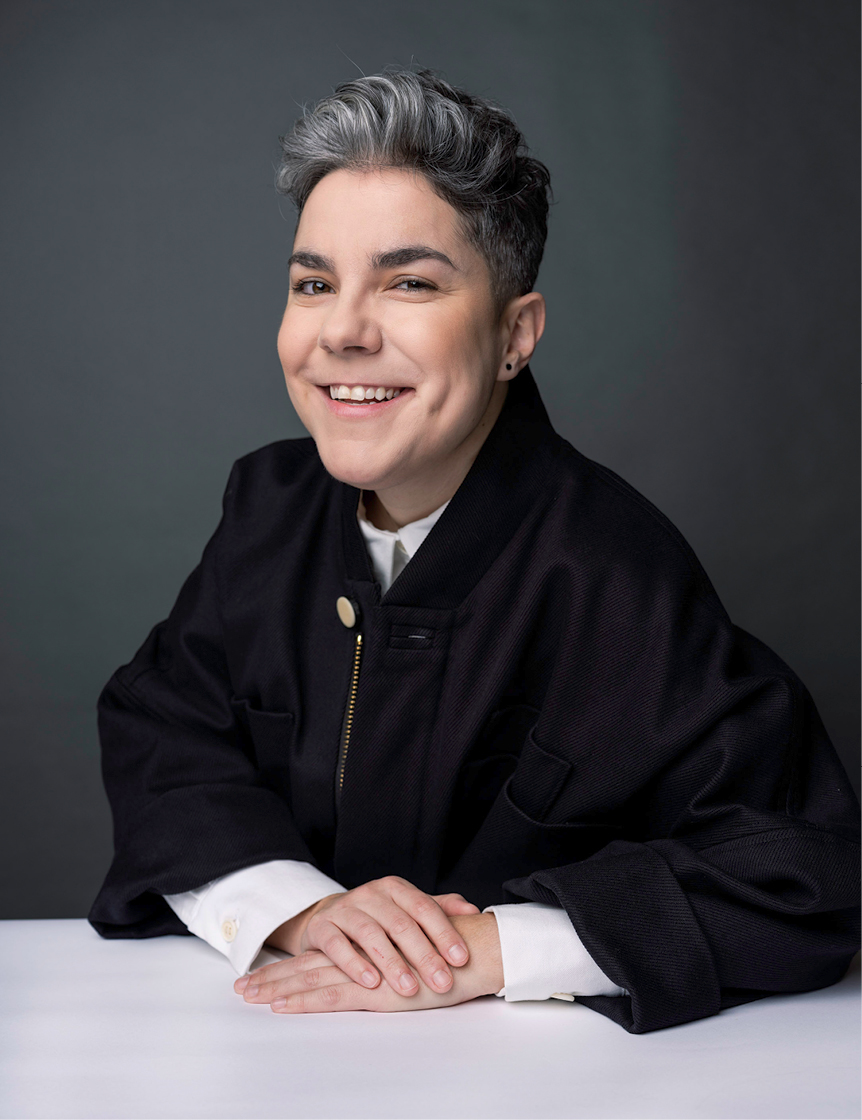
Since 2017, Ana Rita Morais has been the associate dean of GBC’s School of Design and recently became the interim dean of its Centre for Arts, Design, and Information Technology. In her dual roles, Morais continuously adapts and experiments with different ways to foster inclusion, “trying to figure out what we can do to be more equity-minded and more focused on who’s getting left behind.”
When it became clear to Morais and other GBC senior leaders that some students were being dissuaded from applying to design courses due to the cost of the software and materials needed to create portfolios, they removed portfolio requirements from College programs. Morais also passionately advocates for paid internships to reduce the opportunity gap between those who can afford to work for free and the many who cannot.
Despite admitting that it can feel “scary and vulnerable,” Morais fosters trust through transparency by sharing her experiences with mental health at each new student orientation. During the COVID-19 pandemic, when many students lost their jobs and were at risk of forfeiting their post-secondary education, this trust led to support: Morais responded by creating a Black, Indigenous, and People of Colour emergency aid fund, which has raised over $75,000 in the past five years to assist students in financial need.
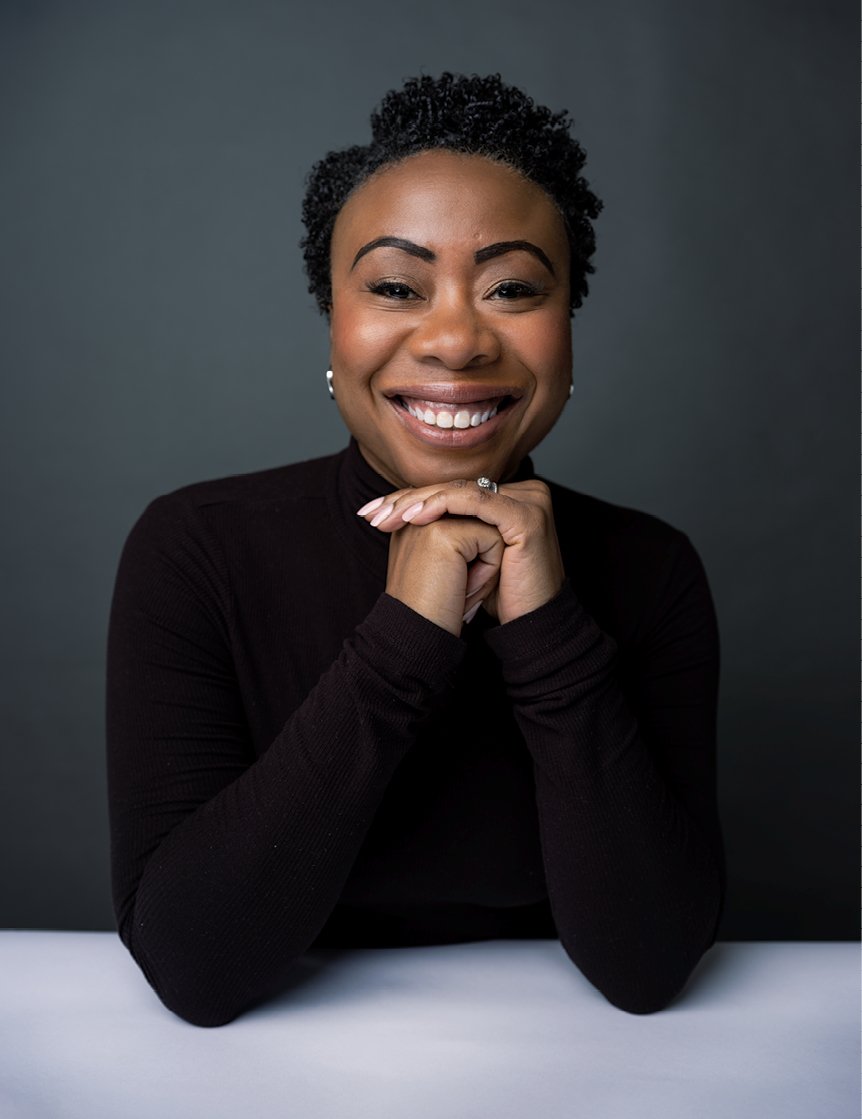
As GBC’s associate vice president of external community relations, Kizzy Rodney works tirelessly to create equitable access to post-secondary education. Rodney’s efforts are rooted in the African principle of Ubuntu, often translated as “I am because we are.” Ubuntu states that every person is part of a greater community—no one succeeds alone.
“No person should be left behind,” Rodney says. “I believe everybody has the opportunity to succeed in education or employment, but only if we give the right platform, and the systems allow for that.”
Rodney works with internal and external stakeholders to support students in overcoming “inherent, systemic barriers” that may limit access to post-secondary education and gainful employment. Through deep community partnerships, Rodney and her team work to meet the diverse needs of their students’ communities. A recent collaboration between GBC, the Toronto Raptors, and the Giants of Africa organization revitalized basketball courts in the Jane and Finch neighbourhood, leveraging the power of sport to unlock learning opportunities and nurture youth talent.
Rodney says meeting community needs becomes easier when the staff is diverse and representative of the community it serves. When people can draw on lived experiences to become better leaders, it benefits everyone involved.
Toronto’s George Brown College opened its doors in 1968. For the past fifty-six years, it has served students from the Toronto community and worldwide. Today, GBC is a vibrant learning environment for students from more than 100 countries. It has established itself as an institution committed to equity, diversity, anti-racism, and inclusion.
George Brown College programs include:
- Arts, Design & Information Technology
- Business
- Community Services & Early Childhood Education
- Construction & Engineering Technologies
- Health Sciences
- Hospitality & Culinary Arts
- Preparatory & Liberal Studies
Visit georgebrown.ca for more information.







